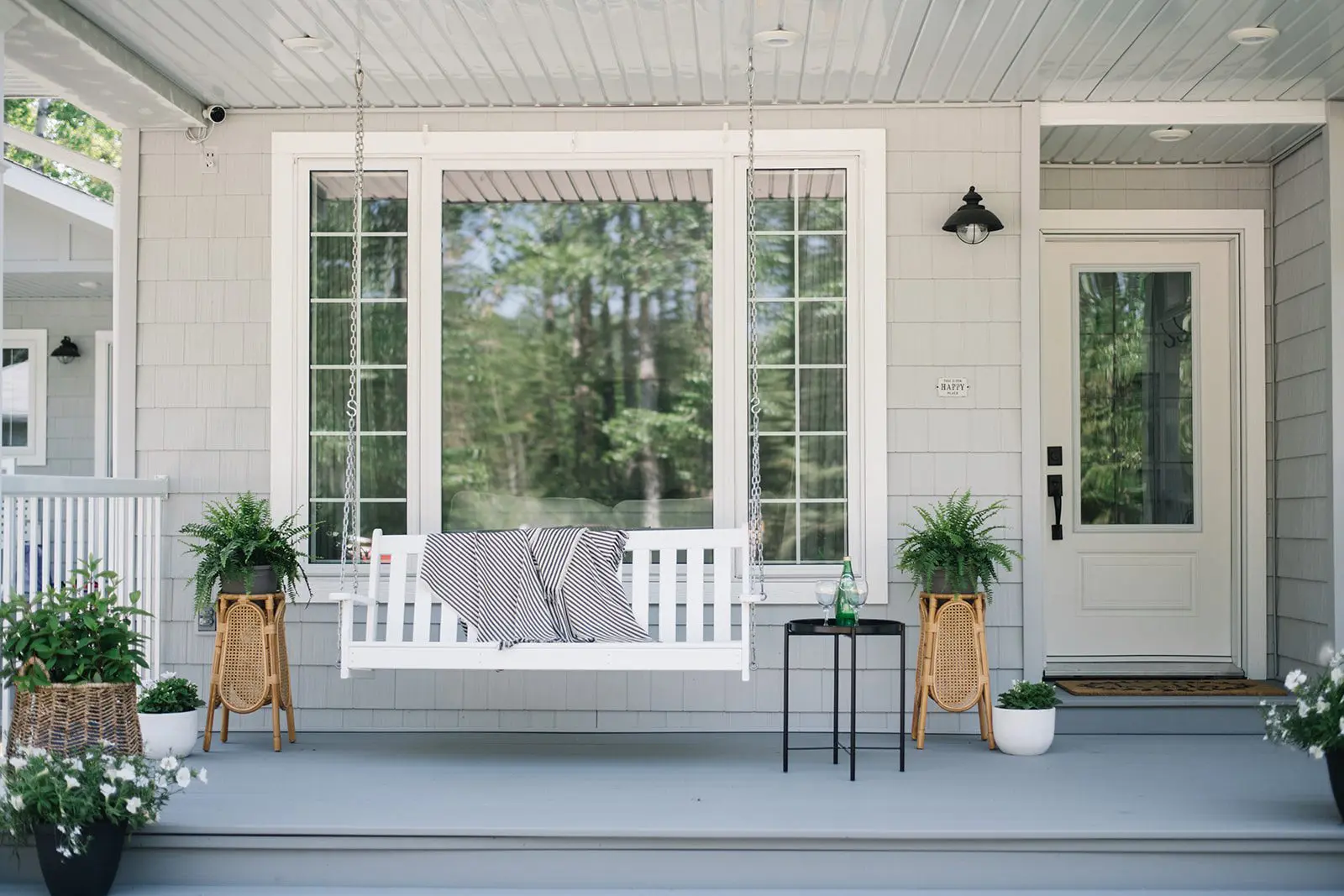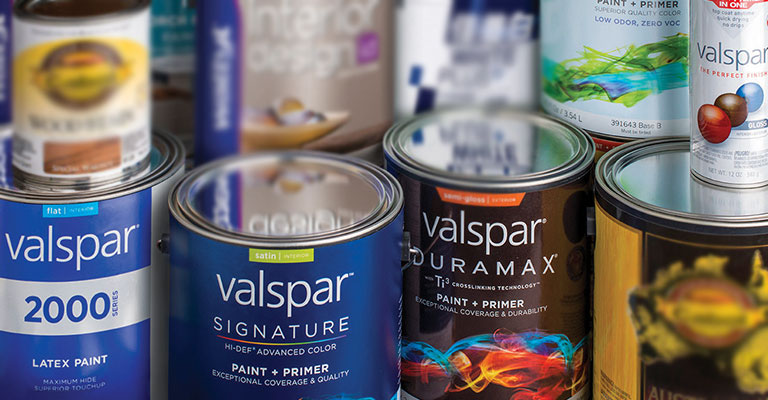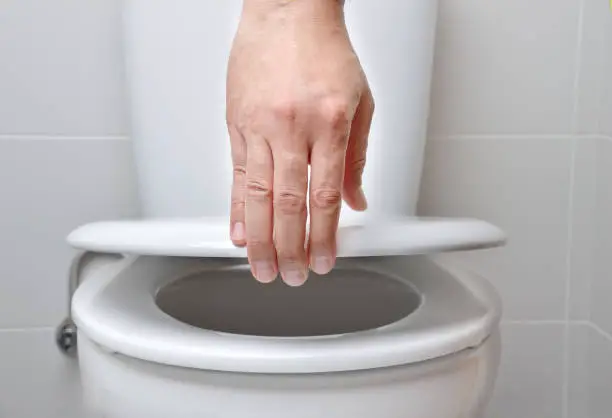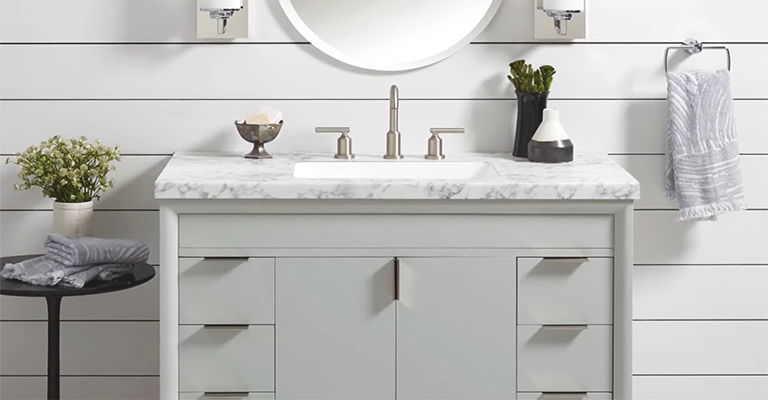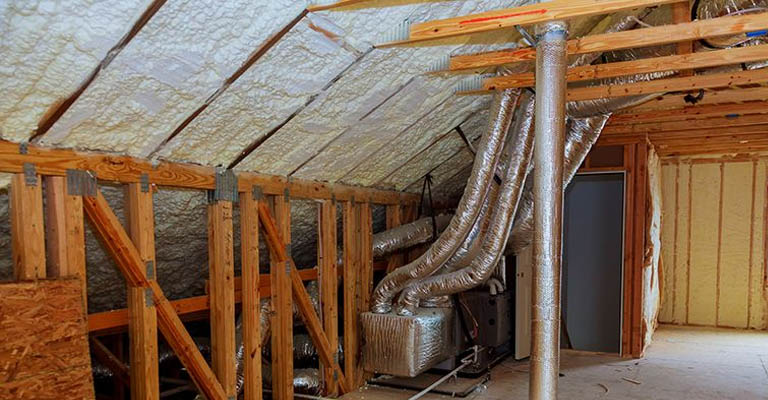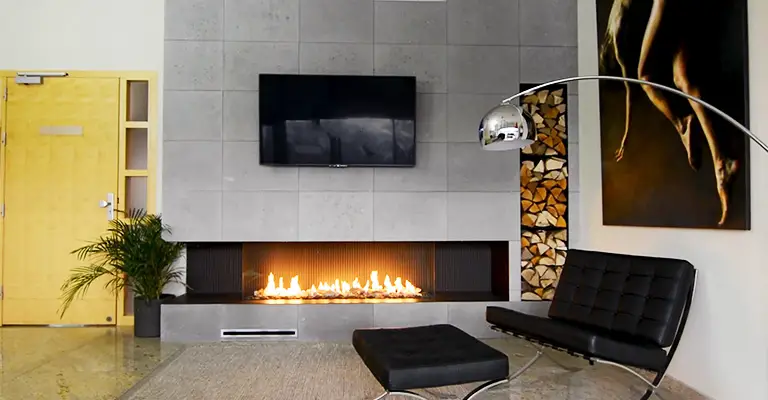Maximizing ROI: Adding Value to Properties with Smart Upgrades
In the dynamic world of real estate, property value isn’t solely determined by its physical structure or location. Instead, it’s influenced by a myriad of factors, including market trends, economic conditions, and the features a property offers. Business owners and property investors keen on enhancing the value of their assets often turn to strategic upgrades as a means to achieve higher returns on investment (ROI). This article delves into the art of adding value to properties through well-planned upgrades, emphasizing the importance of addressing outdated features and ensuring compliance with regulations.
Strategic Upgrades: A Path to Enhanced Property Value
Investing in strategic upgrades is akin to putting money in a piggy bank that yields handsome returns over time. By modernizing and optimizing various aspects of a property, businesses can attract a broader pool of potential buyers or tenants, subsequently leading to increased demand and potentially higher selling or rental prices.
One of the most important considerations when planning upgrades is identifying features that could be a detriment to the property’s appeal and functionality. An example of such a feature is the underground oil tank, often found in older properties. These tanks were commonly used in the past for heating purposes, but their environmental risks and potential leakage issues have prompted regulatory agencies to encourage their removal. Business owners looking to maximize ROI should prioritize the elimination of such features, which not only poses potential environmental hazards but can also discourage potential buyers or tenants who are environmentally conscious.
Compliance with Regulations: A Prerequisite for Value Enhancement
In the realm of real estate, ignorance of regulations can lead to substantial financial losses and legal entanglements. Therefore, before embarking on any property upgrade, businesses must acquaint themselves with the local regulations and building codes that govern the modifications they intend to make.
In the context of the mentioned feature, many regions have implemented strict guidelines regarding its removal due to environmental concerns. In fact, this feature itself conjures images of potential contamination and legal complications. Consequently, neglecting to address the presence of such features not only hampers property value but also exposes businesses to legal liabilities.
By ensuring compliance with regulations, businesses can protect their investments and create an atmosphere of transparency and trust with potential buyers or tenants. Moreover, adhering to guidelines and best practices also showcases a commitment to environmental responsibility, which is increasingly important in today’s conscientious market.
The Value-Adding Formula: Functionality, Aesthetics, and Sustainability
Upgrades that boost property value often adhere to a formula that combines functionality, aesthetics, and sustainability. Beyond addressing problematic features and ensuring regulatory compliance, businesses should focus on improvements that align with contemporary lifestyle needs and preferences.
Enhancing functionality could involve converting underutilized spaces into functional areas that cater to modern living or working requirements. For instance, transforming a basement into a home office or a fitness area can significantly amplify a property’s appeal.
Aesthetically pleasing upgrades contribute to the property’s visual allure and create a lasting impression. This might encompass modernizing interiors with fresh coats of paint, stylish fixtures, and appealing landscaping.
Sustainability, too, plays a pivotal role in value enhancement. Eco-friendly features such as energy-efficient appliances, solar panels, and smart home technologies not only attract environmentally-conscious buyers but also reduce long-term operating costs, making the property more appealing from both an ethical and financial standpoint.
Conclusion
In the competitive world of real estate, the value of a property is not set in stone. Savvy businesses and investors recognize the potential for enhancing property value through well-planned upgrades. These upgrades not only eliminate outdated features but also ensure compliance with regulations, fostering trust and confidence among potential buyers or tenants. By adhering to the value-adding formula of functionality, aesthetics, and sustainability, businesses can make strategic investments that yield substantial returns, turning properties into lucrative assets in the ever-evolving market.

